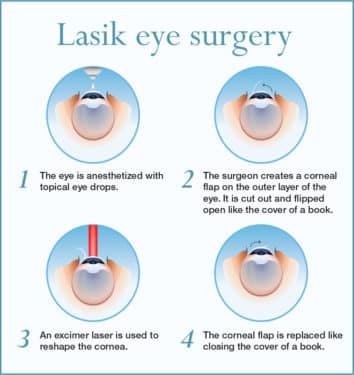Contrasting Traditional And Modern Approaches To Dealing With Glaucoma
Contrasting Traditional And Modern Approaches To Dealing With Glaucoma
Blog Article
Short Article Created By-Johannesen Brask
Did you understand that the development of glaucoma treatment approaches covers centuries, including both traditional treatments and innovative technologies? From old organic concoctions to sophisticated Minimally Intrusive Glaucoma Surgery methods, the range of choices is large. As you look into the complexities of conventional versus innovative approaches, you might reveal unusual insights that challenge traditional perspectives on treating this prevalent eye condition.
Historic Development of Glaucoma Treatments
The historical advancement of glaucoma treatments goes back to ancient worlds where various treatments were utilized to manage the condition. In is cataract surgery done under anesthesia , for example, treatments included a combination of honey, fat, and sour milk related to the eyes. The Greeks and Romans likewise added to early glaucoma treatments with a concentrate on topical applications and dietary interventions. Throughout history, varied cultures created distinct techniques to alleviate the signs and symptoms of glaucoma, often rooted in organic solutions and superstitions.
As time advanced, developments in medical knowledge caused more methodical techniques to treating glaucoma. Between cataract surgery kaiser , Arabic scholars made considerable payments by researching the composition of the eye and creating surgical methods to address eye conditions. These early advancements laid the structure for modern-day glaucoma treatments that we've today. Recognizing the historic context of glaucoma therapies gives important insights right into the constant progression and refinement of clinical techniques over the centuries.
Comparison of Standard Approaches
In comparing standard approaches for treating glaucoma, consider the historical contexts and performance of different remedies.
why floaters after cataract surgery for glaucoma have actually progressed over centuries, from ancient practices like making use of honey and a glass of wine to extra current advancements such as eye decreases and surgeries. Historically, treatments like the application of leeches or natural mixtures were made use of to reduce symptoms, however their efficiency was restricted.
As time proceeded, methods like iridectomy, where a part of the iris is gotten rid of, became prominent for reducing intraocular stress. https://symptoms-of-myopia08642.blogscribble.com/31272521/check-out-the-vital-features-that-set-apart-an-impressive-lasik-cosmetic-surgeon-disclose-the-techniques-for-identifying-the-leading-vision-correction-professional , like making use of oral medications to lower eye stress, have actually stood the test of time and are still made use of today. Nonetheless, these treatments typically feature adverse effects and may not be as reliable as modern-day choices.
It's important to evaluate the historic significance of conventional glaucoma treatments versus their efficacy in the context of current medical advancements.
Evaluation of Cutting-edge Therapy Approaches
Considering the advancing landscape of glaucoma treatment, ingenious methods are reinventing the method this eye problem is managed.
One noteworthy development is minimally intrusive glaucoma surgery (MIGS), which supplies a less intrusive option to standard operations. MIGS intends to lower intraocular pressure by improving the eye's all-natural drain system, causing fewer problems and faster recuperation times compared to conventional surgical procedures.
In addition, the growth of sustained-release drug shipment systems has actually given a much more effective means to administer glaucoma drug. These systems can launch medication gradually over an extended duration, boosting patient adherence and lowering the regularity of eye drops.
In addition, arising technologies like careful laser trabeculoplasty (SLT) provide a non-invasive alternative for lowering intraocular pressure by targeting particular cells in the eye's drain system.
Conclusion
As you reflect on the evolution of glaucoma therapies, you can see exactly how standard techniques have actually led the way for ingenious strategies to arise.
From old solutions to modern-day developments, the trip of treating this complex eye condition has been like a rollercoaster trip.
However with new methods like MIGS and sustained-release medication shipment, the future appearances brighter than ever before for individuals looking for effective and less invasive remedies.
